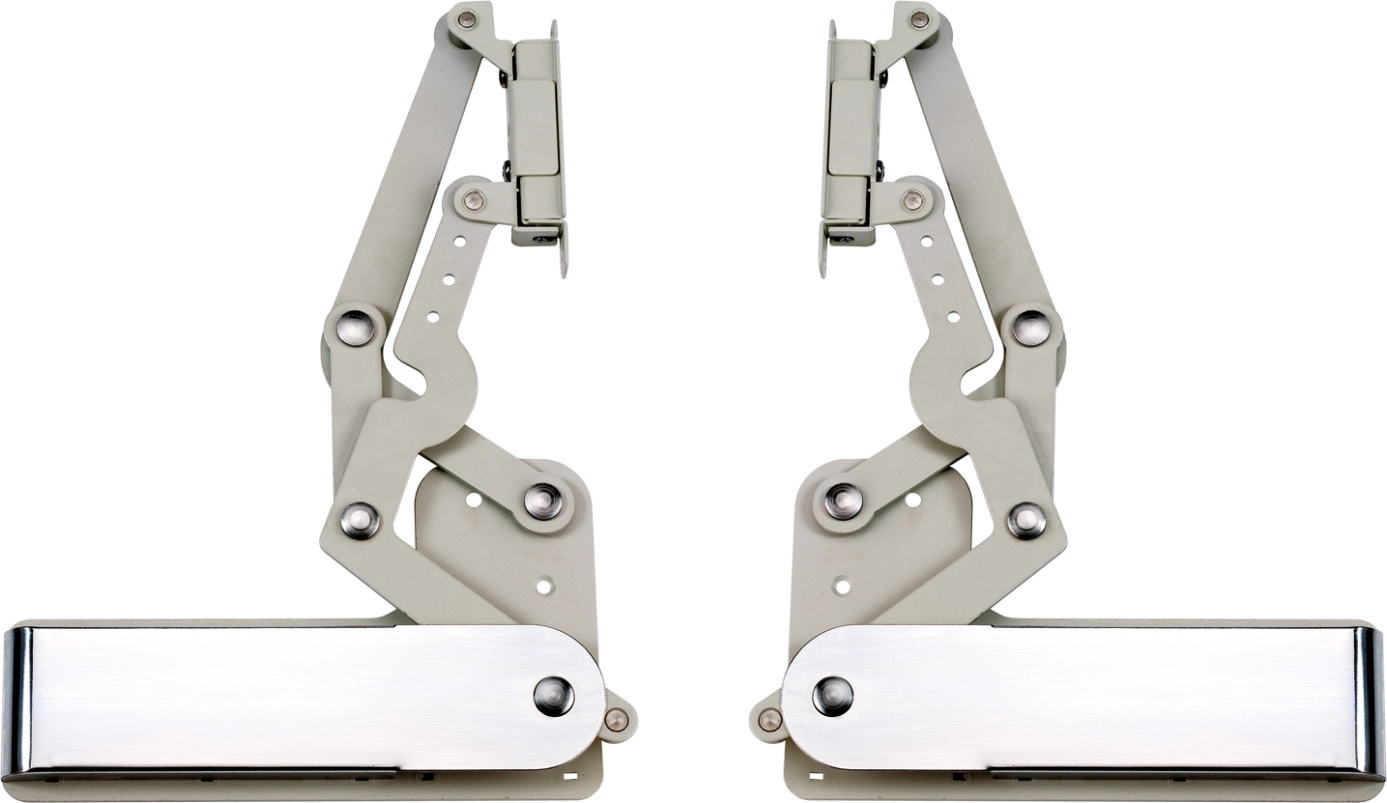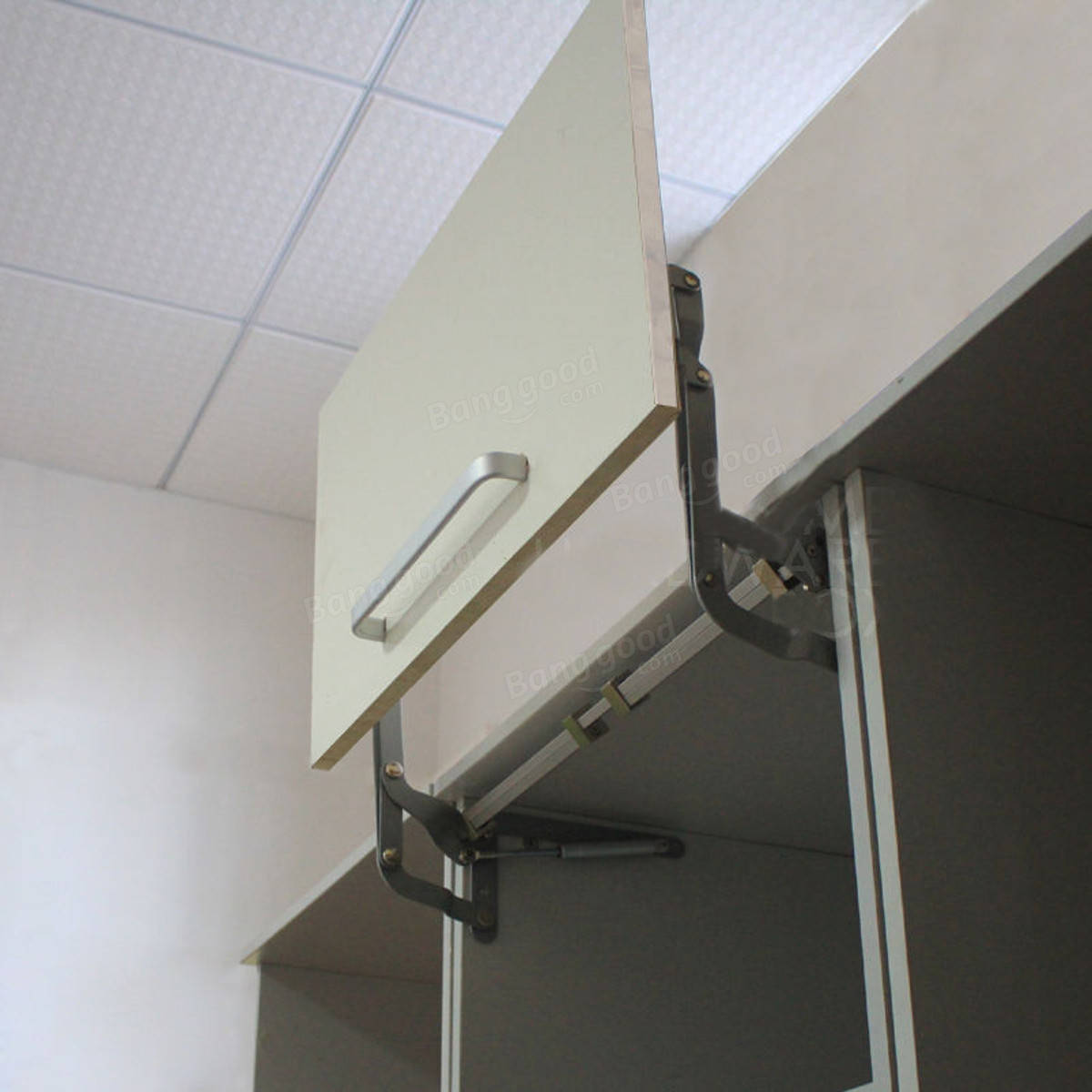Spring-Loaded Cabinet Door Opener: Spring Loaded Cabinet Door Opener

A spring-loaded cabinet door opener is a simple yet ingenious device designed to make opening and closing cabinet doors effortless. It’s a small, often unseen mechanism that adds convenience and ease of access to cabinets in various settings.
Types of Spring-Loaded Cabinet Door Openers
Spring-loaded cabinet door openers come in various types, each designed to cater to specific needs and applications.
- Push-to-Open: These openers are activated by a gentle push on the cabinet door, which releases the spring mechanism, allowing the door to open smoothly. They are often found in modern kitchens and bathrooms, offering a sleek and minimalist aesthetic.
- Self-Closing: This type of opener utilizes a spring mechanism that automatically closes the cabinet door after it’s been opened. It’s commonly used in applications where keeping cabinet doors closed is essential, such as in kitchens and pantries to prevent spills or dust accumulation.
- Soft-Close: Soft-close cabinet door openers incorporate a dampening mechanism that slows down the closing process, preventing the door from slamming shut. This feature adds a touch of elegance and quiet operation to any space, especially in kitchens and bathrooms where noise reduction is desirable.
Applications of Spring-Loaded Cabinet Door Openers
Spring-loaded cabinet door openers are widely used in various settings, enhancing functionality and aesthetics.
- Kitchens: Spring-loaded openers are a staple in modern kitchens, providing ease of access to cabinets containing dishes, utensils, and food items. They are particularly useful in cabinets located at higher levels, making it easier to reach and retrieve items without straining.
- Bathrooms: In bathrooms, spring-loaded openers are used for medicine cabinets and vanity cabinets, offering a convenient way to access toiletries and medications. They contribute to a clean and organized look, as they keep the doors closed when not in use.
- Offices: Spring-loaded openers can be found in office settings, particularly in cabinets containing files, stationery, and other office supplies. They provide easy access to frequently used items, promoting efficiency and organization.
- Retail Stores: In retail settings, spring-loaded openers are commonly used for display cabinets and merchandise shelves. They offer a user-friendly experience for customers, allowing them to easily access products and browse displays.
Mechanism and Operation

A spring-loaded cabinet door opener is a simple yet effective mechanism that uses the power of a spring to assist in opening cabinet doors. It is commonly found in kitchen cabinets, providing a convenient and effortless way to access the contents.
Components and their Interactions
The spring-loaded cabinet door opener comprises several essential components that work together to facilitate the opening process. These components include:
- Spring: The spring is the heart of the mechanism, providing the force required to open the door. It is typically a coiled spring made of metal, capable of storing and releasing energy.
- Arm: The arm is a lever that connects to the spring and the door. When the door is closed, the arm is compressed against the spring, storing potential energy.
- Hinge: The hinge is a pivot point that allows the door to open and close smoothly. It is usually attached to the cabinet frame and the door.
- Latch: The latch is a mechanism that holds the door closed when not in use. It is often connected to the arm and releases when the door is opened.
Principle of Operation
The spring-loaded cabinet door opener operates on the principle of stored energy and its release. When the door is closed, the arm is compressed against the spring, storing potential energy. This stored energy is then released when the door is opened, providing the force to open the door.
The operation can be explained in the following steps:
- Closed Door: When the door is closed, the arm is compressed against the spring, storing potential energy.
- Opening the Door: When the door is pushed or pulled, the arm starts to move, releasing the stored energy from the spring.
- Spring Force: The released energy from the spring provides force to the arm, which in turn pushes the door open.
- Latch Release: As the door opens, the arm moves further, releasing the latch that holds the door closed.
- Fully Opened Door: The door continues to open until the arm reaches its full extension, at which point the spring force is exhausted.
Stages of Door Opening
The opening of a cabinet door using a spring-loaded opener can be divided into three distinct stages:
- Initial Push/Pull: This is the initial effort required to overcome the latch and start the opening process. The arm begins to move, releasing the stored energy in the spring.
- Spring-Assisted Opening: As the arm moves, the spring force assists in opening the door. The door opens with increasing speed, aided by the spring’s stored energy.
- Final Opening: The door continues to open until the arm reaches its full extension, at which point the spring force is exhausted. The door then stops opening, reaching its fully open position.
Benefits and Considerations

Spring-loaded cabinet door openers offer a unique combination of functionality and convenience, making them a popular choice for various applications. These openers provide a smooth and effortless opening experience, enhancing user comfort and efficiency. However, it’s crucial to understand their advantages and potential limitations before incorporating them into your design.
Advantages of Spring-Loaded Cabinet Door Openers
Spring-loaded cabinet door openers offer a number of benefits that make them an attractive option for various applications. These benefits can be broadly categorized as follows:
- Enhanced Convenience: Spring-loaded openers eliminate the need for manual effort to open doors, simplifying access and reducing fatigue. They are particularly beneficial for heavy doors, making them easier to operate.
- Improved Efficiency: By providing a quick and effortless opening mechanism, spring-loaded openers enhance workflow efficiency. This is especially valuable in high-traffic areas or situations where frequent door opening is required.
- Increased Accessibility: Spring-loaded openers can be adapted to various door types and sizes, making them suitable for a wide range of applications. They can be particularly useful for individuals with limited mobility, as they reduce the effort required to open doors.
- Aesthetic Appeal: Spring-loaded openers are available in various styles and finishes, allowing them to seamlessly blend with different design aesthetics. They can enhance the overall visual appeal of cabinets and other furniture.
Drawbacks of Spring-Loaded Cabinet Door Openers, Spring loaded cabinet door opener
While spring-loaded cabinet door openers offer numerous benefits, they also come with certain limitations that should be considered:
- Potential for Damage: The spring mechanism can potentially cause damage to the door or surrounding structures if not properly installed or adjusted. This risk is higher for heavier doors or doors with weak hinges.
- Noise Generation: Some spring-loaded openers can generate a noticeable clicking or snapping sound when the door opens or closes. This may be a concern in quiet environments or where noise levels are strictly controlled.
- Limited Customization: Spring-loaded openers may not be suitable for all door types or applications. They are typically designed for specific door weights and sizes, limiting their versatility.
- Cost Considerations: Spring-loaded openers can be more expensive than other door opening mechanisms, such as simple push-to-open systems. The cost can vary depending on the size, complexity, and features of the opener.
Comparison with Other Door Opening Mechanisms
Spring-loaded cabinet door openers are not the only option available for enhancing door opening functionality. Other mechanisms, such as push-to-open systems, offer distinct advantages and disadvantages:
- Push-to-Open Systems: Push-to-open systems rely on a simple push mechanism to open doors. They are generally less expensive than spring-loaded openers and are quieter in operation. However, they require more manual effort to open doors and may not be suitable for heavy doors.
Spring loaded cabinet door opener – You know, sometimes I think those spring-loaded cabinet door openers are just trying to give me a heart attack. They slam open with such force, I swear they’re plotting to send my coffee mug flying across the room! But hey, at least they’re not as unpredictable as the baxton studio hirst bedroom bench light beige.
That bench might look all comfy and inviting, but who knows what kind of surprises it’s hiding under its light beige exterior? Maybe a secret compartment full of spring-loaded door openers, just waiting to unleash chaos upon the unsuspecting world!
You know those spring-loaded cabinet door openers that always seem to have a mind of their own? They’re like the mischievous little gremlins of the kitchen. But at least they’re not as unpredictable as trying to choose the perfect little girls bedroom curtains – one minute it’s princesses, the next it’s dinosaurs! Maybe we should install a spring-loaded curtain rod, just to add a little chaos to the bedtime routine.
